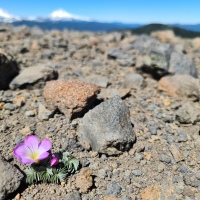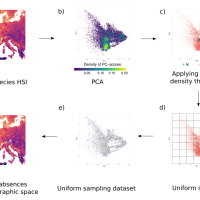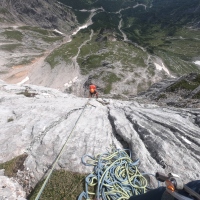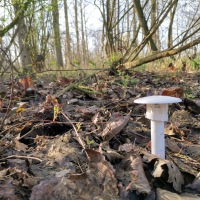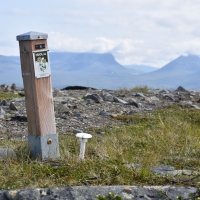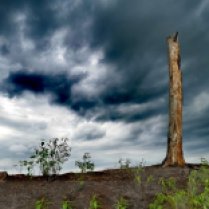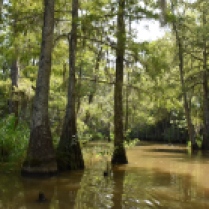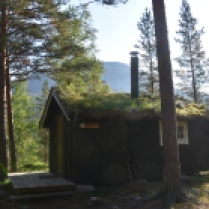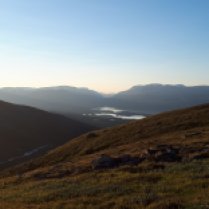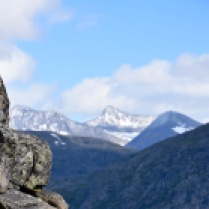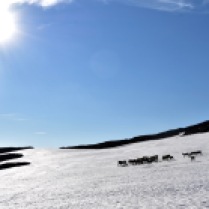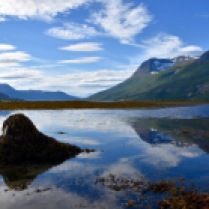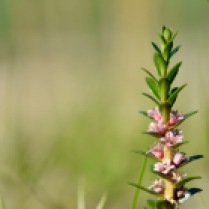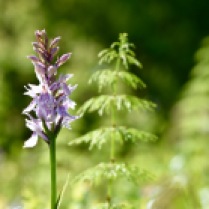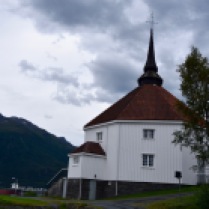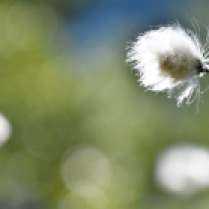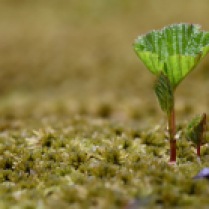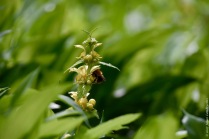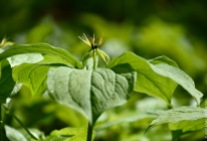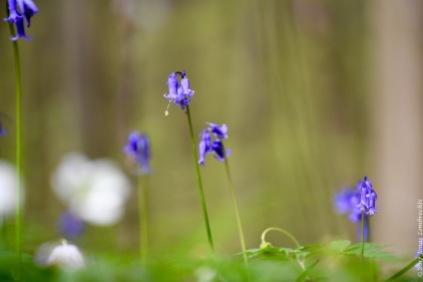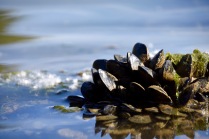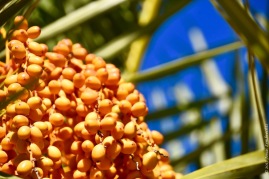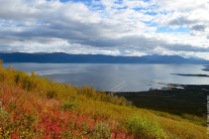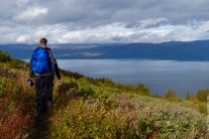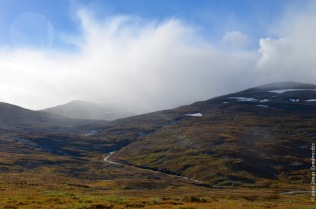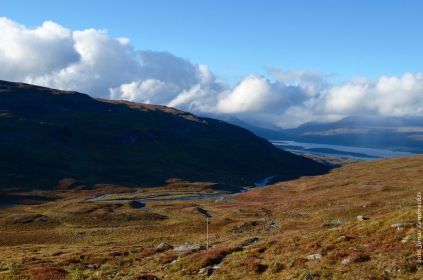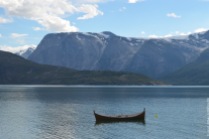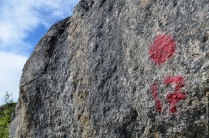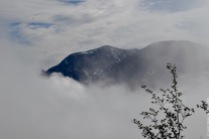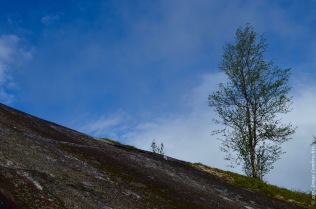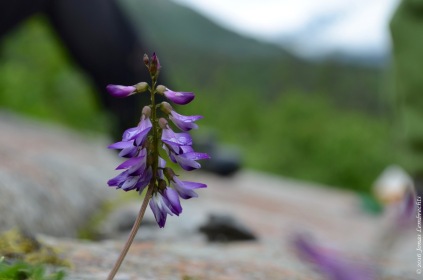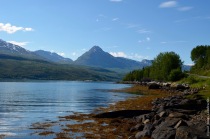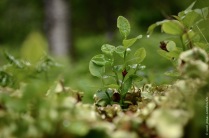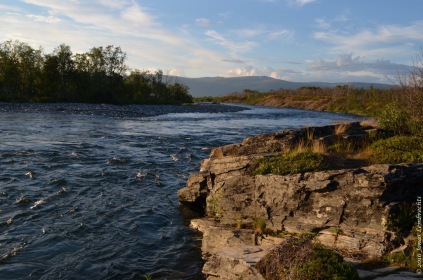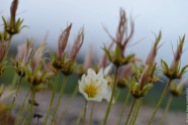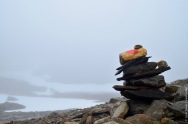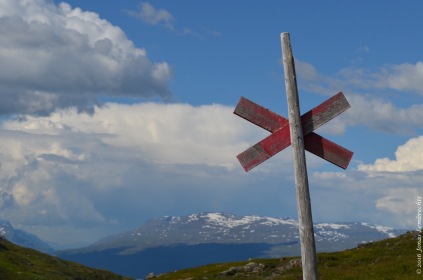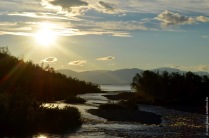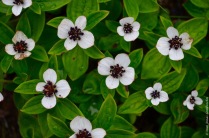A few hundred kilometers south of Santiago de Chile, nestled in a green valley at the foot of a string of snow-clad volcanoes, lies the ‘Suisandina lodge’, a place that breaths hospitality, with all facilities a mountain ecologist needs to spark a good scientific discussion. It is there, between the chickens, lama, and friendly-but-sad-looking dogs, that our latest MIREN Steering Committee meeting took place.
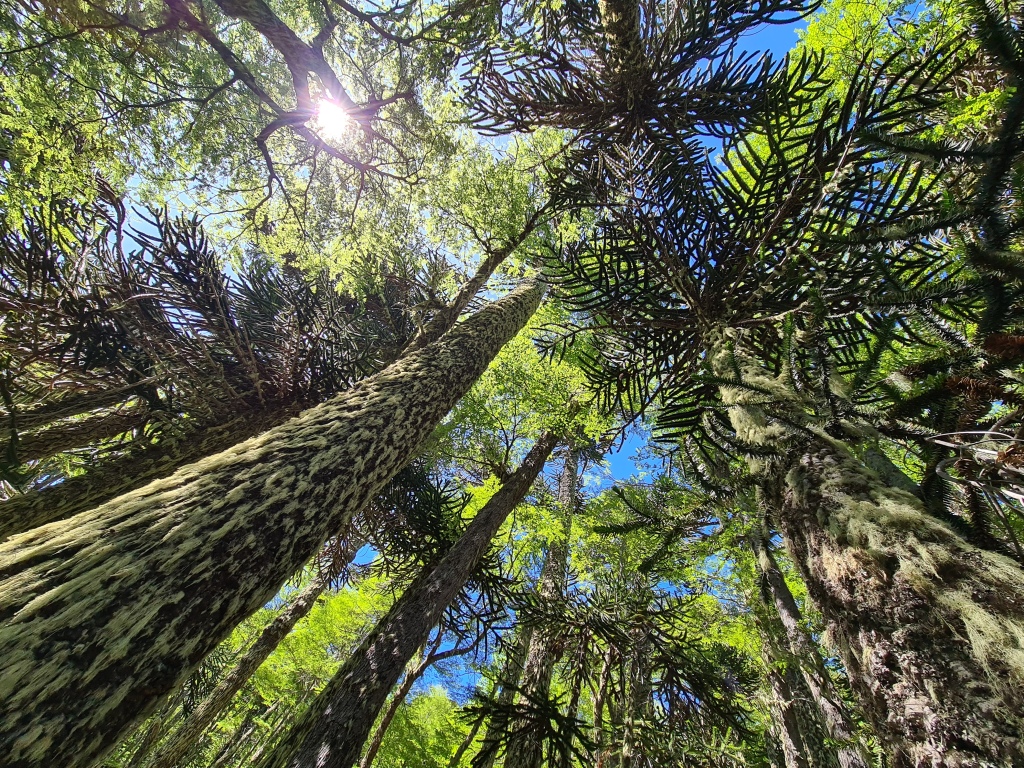
MIREN, that is the Mountain Invasion Research Network, the network in which I have been involved since my master’s thesis in 2012 (a loooooong time ago, mind you!). Since 2007 (and I thus since 2012), the network has been maintaining long-term (every 5 years) vegetation monitoring along mountain roads and trails in mountain regions across the globe, with already 17 global regions in 2018 and a whole bunch of new ones being added now in 2022.

Such a global network needs an occasional global meeting to put all noses in the same direction. While we have all been working very hard with our survey data from our respective field sites and offices, getting a bunch of people in the same – inspiring – environment for a few days is what is needed for true momentum building.

As you can imagine, this was thus an inspiring week! Discussions on new paper ideas, group coding sessions on long-awaited analyses, and inspirational dreaming about future plans and project ideas, we had it all, dressed with a delicious sauce of Araucaria forests and Andean volcanoes.

The main conclusion of this all was clear: there aren’t many networks out there like our precious MIREN. Global long-term vegetation monitoring in mountains is – to the best of our knowledge – limited to us and our good friends over at GLORIA, who focus on vegetation surveys on mountaintops. That we managed to maintain this monitoring effort for 15 years already despite the lack of any significant funding for the network is a wonderful achievement. Seeing the enthusiasm of existing regions to resurvey, and new regions to establish their own gradients, we are definitely still on the rise!

Interested to join the fun? Check out all information on how to do a MIREN survey on our website!


